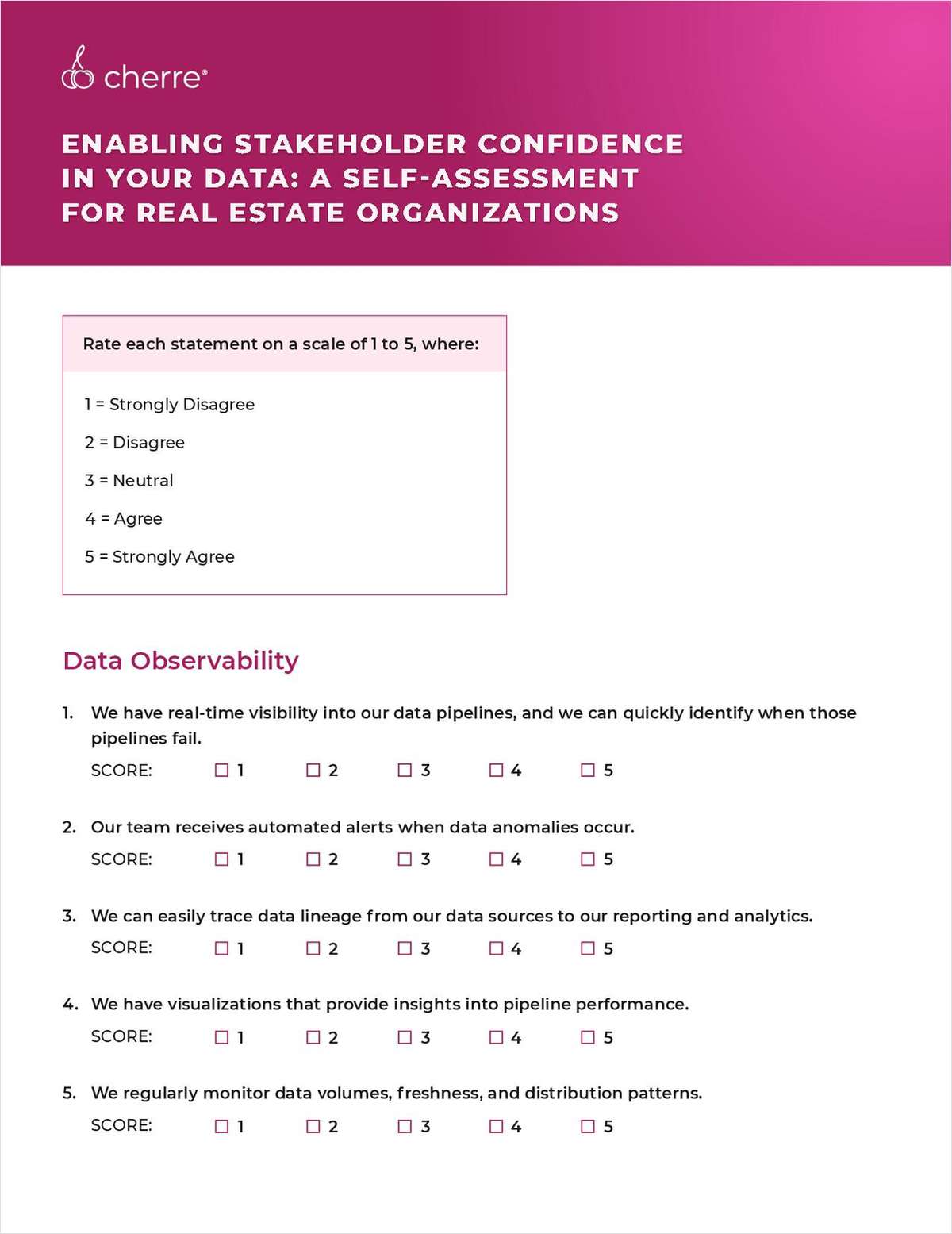LOS ANGELES—Creative office is the next frontier in design, according to Lise Bornstein, a recently named partner at KFA. Borenstein and her colleague partner John Arnold oversee the firm's adaptive reuse practice, which transforms historic properties into modern icons that are fully functional in today's world. While it is most common in multifamily, adaptive re-use projects are becoming more and more common as Los Angeles undergoes a real estate renaissance.
“We are always searching for new markets to employ our expertise. Creative office is one vast new frontier,” Bornstein tells GlobeSt.com. “Developers want that x-factor that attracts millennials and high-value tech and media employers. So we establish amenity-rich spaces for live, work and play within a non-corporate environment, often in historic buildings such as Hollywood's 1923 Taft building.”
With so much construction in Los Angeles, some might think that there is a shrinking pool of adaptive reuse possibilities; however, Arnold tells GlobeSt.com that as adaptive re-use incorporates 1970s product, there is a huge supply of properties that can be renovated and reimagined. “At one point we feared our challenge would be running out of worthy historic properties, but there always seems to be more buildings and new ways to adapt,” he says. “Today there is a shift to places that were hot in the 1970s and have faded to C-class. The trick is not to recreate the 1970s style. It is more effective take their good bones—lots of light and a lot of glass with a good retro vibe—and clean it up by gutting the ceilings and creating volume spaces, or punching through walls to bring in light and create interesting moments in the experience of the place.”
With the two newly appointed partners at the helm, the firm's approach to adaptive reuse will continue to evolve, especially as the pool for properties continues to grow. “Perhaps most advantageous of all, developers are no longer restricted to the building stock in DTLA or Hollywood,” adds Arnold. “There are good 1970s properties in the Valley, Century City, South Bay, all over the city.”
Applying adaptive reuse to the office sector, however, has its challenges—especially considering the varying uses and flexibility needed for office use versus home use. “One challenge is to literally expand office opportunities to large-scale spaces, such as the MGA Entertainment Master Plan in Chatsworth: a 24-acre, former printing facility reemerging as a new corporate, residential and retail campus,” says Bornstein. “We are seeing huge enthusiasm for how such large buildings accommodate open floor plans so desired by creative users.”
Arnold and Borenstein were appointed to partner along with Jonathan Watts, and together, the three will oversee the design across product types for the firm.
LOS ANGELES—Creative office is the next frontier in design, according to Lise Bornstein, a recently named partner at KFA. Borenstein and her colleague partner John Arnold oversee the firm's adaptive reuse practice, which transforms historic properties into modern icons that are fully functional in today's world. While it is most common in multifamily, adaptive re-use projects are becoming more and more common as Los Angeles undergoes a real estate renaissance.
“We are always searching for new markets to employ our expertise. Creative office is one vast new frontier,” Bornstein tells GlobeSt.com. “Developers want that x-factor that attracts millennials and high-value tech and media employers. So we establish amenity-rich spaces for live, work and play within a non-corporate environment, often in historic buildings such as Hollywood's 1923 Taft building.”
With so much construction in Los Angeles, some might think that there is a shrinking pool of adaptive reuse possibilities; however, Arnold tells GlobeSt.com that as adaptive re-use incorporates 1970s product, there is a huge supply of properties that can be renovated and reimagined. “At one point we feared our challenge would be running out of worthy historic properties, but there always seems to be more buildings and new ways to adapt,” he says. “Today there is a shift to places that were hot in the 1970s and have faded to C-class. The trick is not to recreate the 1970s style. It is more effective take their good bones—lots of light and a lot of glass with a good retro vibe—and clean it up by gutting the ceilings and creating volume spaces, or punching through walls to bring in light and create interesting moments in the experience of the place.”
With the two newly appointed partners at the helm, the firm's approach to adaptive reuse will continue to evolve, especially as the pool for properties continues to grow. “Perhaps most advantageous of all, developers are no longer restricted to the building stock in DTLA or Hollywood,” adds Arnold. “There are good 1970s properties in the Valley, Century City, South Bay, all over the city.”
Applying adaptive reuse to the office sector, however, has its challenges—especially considering the varying uses and flexibility needed for office use versus home use. “One challenge is to literally expand office opportunities to large-scale spaces, such as the MGA Entertainment Master Plan in Chatsworth: a 24-acre, former printing facility reemerging as a new corporate, residential and retail campus,” says Bornstein. “We are seeing huge enthusiasm for how such large buildings accommodate open floor plans so desired by creative users.”
Arnold and Borenstein were appointed to partner along with Jonathan Watts, and together, the three will oversee the design across product types for the firm.
Want to continue reading?
Become a Free ALM Digital Reader.
Once you are an ALM Digital Member, you’ll receive:
- Breaking commercial real estate news and analysis, on-site and via our newsletters and custom alerts
- Educational webcasts, white papers, and ebooks from industry thought leaders
- Critical coverage of the property casualty insurance and financial advisory markets on our other ALM sites, PropertyCasualty360 and ThinkAdvisor
Already have an account? Sign In Now
*May exclude premium content© 2024 ALM Global, LLC, All Rights Reserved. Request academic re-use from www.copyright.com. All other uses, submit a request to [email protected]. For more information visit Asset & Logo Licensing.









